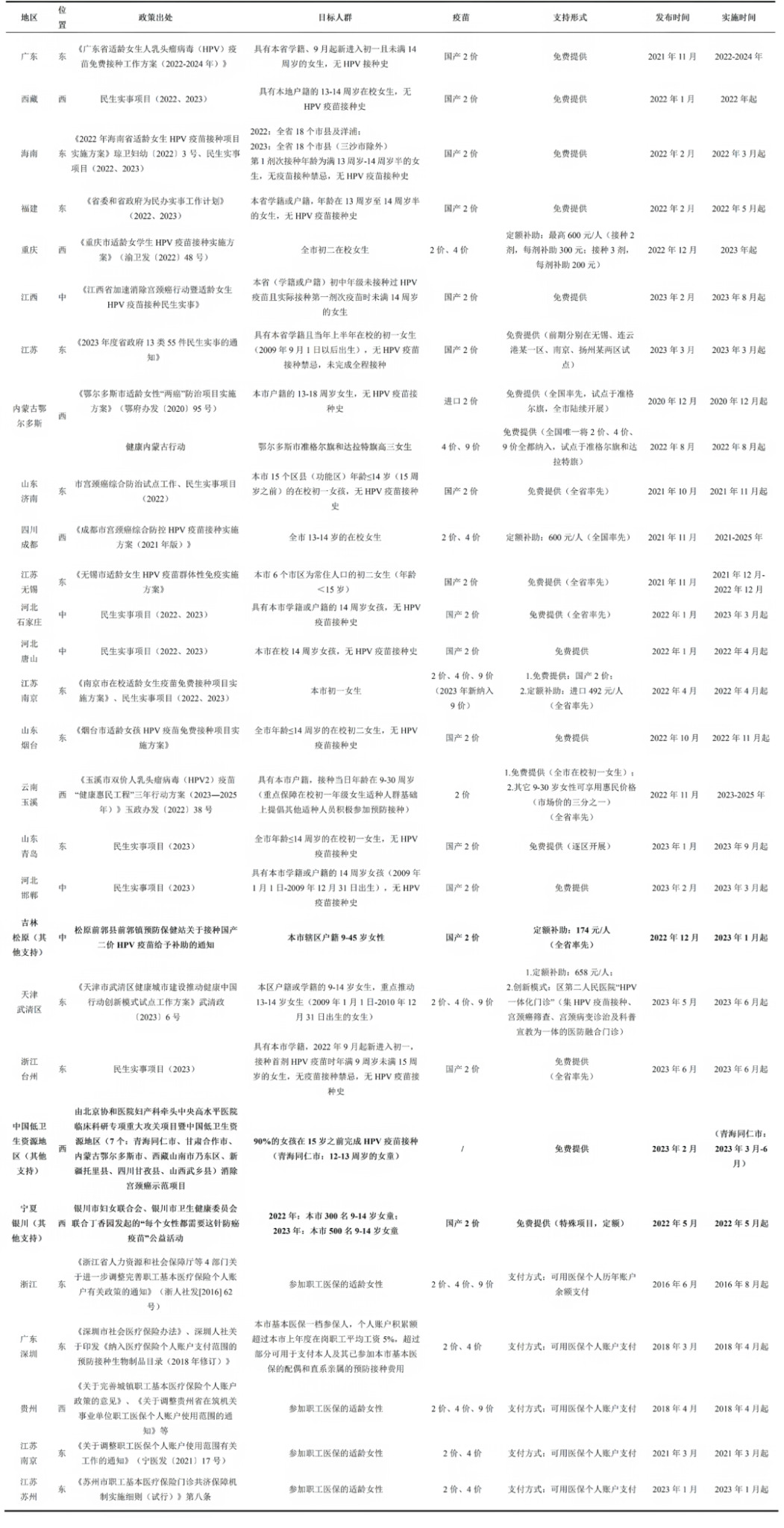Journal Content Recommendation
01
Effectiveness of momentary intervention on influenza vaccination among the elderly in China: From willingness to action
This study, published in Vaccine, aimed to assess the impact of a transient intervention on increasing the willingness to receive influenza vaccination and the actual vaccination rate among Chinese older adults. The study was conducted in Lingcheng District, Dezhou City, Shandong Province, using a cross-sectional survey to assess “the willingness of the elderly to receive influenza vaccination”. For elders with a low initial willingness to vaccinate, an ecological momentary intervention (EMI) was implemented by showing a 2-minute influenza awareness video jointly produced by the Chinese Center for Disease Control and Prevention (CDC) and the World Health Organization (WHO), which covered basic information about influenza and the need for vaccination. After watching the video, the elderly were again assessed for their willingness to be vaccinated through a questionnaire. At the same time, to ensure the ethics and fairness of the study, the same video was provided to those participants who had originally expressed their willingness to be vaccinated, combined with health education to improve their understanding of the influenza vaccine. All elders who checked to receive an influenza vaccination on the form would receive phone invitations to a free community vaccination program event the following week.
Results showed that “A total of 3138 participants were recruited in this study,” of which 61.3% (95% CI 59.6%–63.0%) indicated their willingness to receive influenza vaccine at the time of the baseline survey. After the transient intervention, the proportion of older adults willing to accept an influenza vaccine increased to 79.8% (95% CI 78.4%–81.2%), an increase of 18.5% (95% CI 16.3%–20.7%). Before the intervention, influenza vaccination rates were 43.4% (95% CI 38.5%–42.3%); after the intervention, they were 53.9%, an increase of 13.5% (95% CI 10.9%-16.2%). Elders who were more eager to get vaccinated at the beginning of the intervention and those who were more willing to get vaccinated later on did not significantly vary in their influenza vaccination rates following the brief intervention (78.0% vs. 81.3%). The results of this study suggest that momentary interventions have been shown to “effectively enhance the willingness of the elderly to receive influenza vaccination, thereby facilitating the translation of this intention into actual behavior.”
https://doi.org/10.1016/j.vaccine.2024.05.032
02
National trends in patterns of under-vaccination in early childhood: National Immunization Survey-Child, United States, 2011–2021
This study, published in Expert Review of Vaccines, was designed to explore trends in childhood under-vaccination in the United States. Using data from the 2011-2021 National Immunization Survey-Child (NIS-Child), the study analyzed the completion of 7 vaccinations over 24 months, including the DPT vaccine (≥4 doses), polio vaccine (≥3 doses), combined measles-mumps-rubella vaccine (≥1 dose), Haemophilus influenzae type b vaccine (≥3 or ≥4 doses, depending on product type), hepatitis B vaccine (≥3 doses), varicella vaccine (≥1 dose), and pneumococcal conjugate vaccine (≥4 doses). The study identified three types of vaccination patterns: parental vaccine-hesitant (did not receive any vaccines, selective vaccination series, or continued vaccine restriction), actual problematic (started all vaccine series but did not complete all doses) (the first two are under-vaccination patterns), and all-vaccination (indicates that all doses of all seven vaccine series have been administered).
The study enrolled 127,257 children for 11 years. “Vaccination coverage in the United States for the combined 7-vaccine series has improved, with patterns suggestive of practical issues or hesitancy declining.” The proportion of hesitant undervaccination decreased from 9.1% in 2011 to 6.3% in 2021; the proportion of actual problematic undervaccination decreased from 29.1% in 2011 to 26.0% in 2021; and the proportion of fully vaccinated individuals increased from 61.8% in 2011 to 67.7% in 2021.
The study’s findings imply that throughout the past 11 years, children in the United States have received a higher overall coverage of seven vaccines and that there has been a decline in hesitant and actual problematic harmful patterns of undervaccination. This suggests that although childhood immunization rates have increased in the United States, obstacles to undervaccination still need to be removed.
https://www.tandfonline.com/doi/full/10.1080/14760584.2024.2389922
03
Opportunities and challenges to the development and deployment of vaccines for pregnant women in Germany
This study, published in Vaccine, aims to investigate the potential benefits and drawbacks of immunizing expectant mothers in Germany against the new respiratory syncytial virus (RSV). While new RSV vaccinations for expectant mothers should protect their unborn children from RSV-related diseases in the early postpartum period, no official recommendations have been issued in Germany. The study analyzes “legal, regulatory, institutional, and sociocultural factors” to assess their impact on the accessibility and acceptance of vaccination for pregnant women in Germany, while also examining the clinical research environment, delays in vaccine recommendation and promotion, and vaccine acceptance among health professionals and the public in Germany.
The findings suggest that the accessibility and acceptance of vaccination for pregnant women in Germany is limited by several factors, including “a less permissive clinical research environment, delays in recommendation and roll-out, and lower acceptance by healthcare professionals and the population.” These obstacles make it difficult for Germany to use the new RSV vaccination, which could impact the health protection of pregnant mothers and newborns.
The study suggests the following actions to increase vaccine accessibility and uptake: strengthening cooperation with regulatory agencies in other countries to reduce delays in vaccine recommendation and rollout; conducting educational campaigns on vaccine awareness and health literacy targeting health professionals and the general public; and increasing capacity building for vaccine clinical research. By implementing these procedures, pregnant women in Germany and other similar locations will receive better vaccinations, protecting the health of both the mother and her unborn child.
https://doi.org/10.1016/j.vaccine.2024.06.061
04
Enhancing affordability and profit in a non-cooperative, coordinated, hypothetical pediatric vaccine market via sequential optimization
This study, published in Health Care Management Science, examines how sequential optimization in a hypothetical global market for childhood vaccines could improve vaccine affordability and maintain producer market profitability in a non-cooperative, coordinated market environment. The study analyzes the impact of several factors on vaccine affordability and profitability, including “the number of non-cooperative coordinating entities making procuring decisions, the number of market segments in which countries are grouped for tiered pricing purposes, how producers recover fixed production costs, and the procuring order of the coordinating entities.”
The analysis demonstrates that vaccine makers’ strategies for recovering fixed-cost investments and the sequence in which they negotiate with coordinating entities can impact affordability and profitability significantly. In addition, “low-income countries can meet their demands more affordably by procuring vaccines through tiered pricing via entities coordinating many market segments.” If manufacturers are willing to offer discounts, ordering entities’ purchases from the highest to the lowest income levels in each nation can lead to more opportunities to improve affordability and profitability.
https://link.springer.com/article/10.1007/s10729-024-09680-9
Content Editor: Linjing(Grace) Zhang
Page Editor: Ziqi Liu





